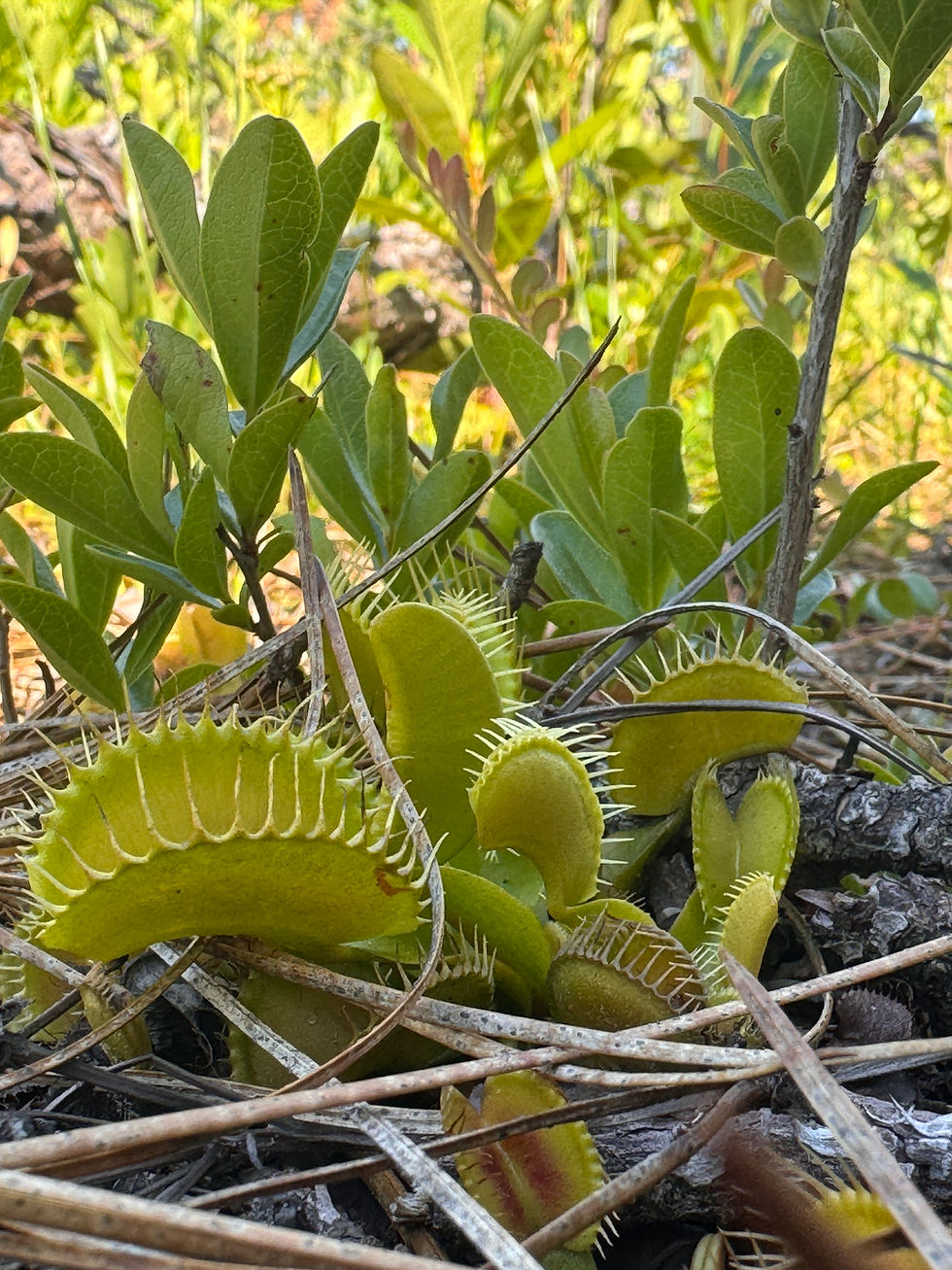Developing Anuran, Avian, Macroinvertebrate, and Vegetative Indices of Biotic Integrity for Isolated Carolina Bays
Scott Binger
Doctoral Student, Clemson University




Wetlands are highly impactful ecosystems, providing ecosystem services including water quality and flooding regulation, carbon sequestration, and harvestable resource provisioning (Mitsch et al. 2015). However, wetlands are also some of the least protected ecosystems in many areas (Barbier 2011). Additionally, wetlands that are isolated (lacking direct connections to rivers, streams, estuaries, or the ocean) face increased vulnerability to loss and extensive disturbance (McCauley et al. 2013). Carolina Bays are unique isolated wetlands found throughout coastal South Carolina that provide important habitat for rare species but have faced extensive loss due to urbanization and agriculture (Sharitz 2003). Conservation efforts in these areas require the ability to quickly assess the biotic and abiotic conditions of these sites, and the ability to gauge how these conditions respond to human disturbance and environmental change. Indices of Biotic Integrity (hereafter referred to as IBIs) are useful tools that allow these assessments to be made using data on biological communities (Veselka and Anderson 2013). Anuran, avian, macroinvertebrate, and vegetative community compositions each respond to changes in conditions differently, and data on these compositions can be used to derive a variety of metrics that can be included in IBIs, allowing for indices that capture a range of important biotic responses to disturbance that can be easily applied across sites and used to inform wetland management decisions. This study seeks to create IBIs for Carolina Bay wetlands, with the goal of assessing how their biotic communities respond to human disturbance and creating actionable, easily interpreted research tools to assist management efforts.
This study will use a mixed-method approach, sampling 60 Carolina Bay wetlands over 2 years from 13 counties in South Carolina. For the biotic data in each wetland, we will quantify the abundance and biomass of macroinvertebrates by family or finer resolution, collect quantitative and qualitative measures of plant species presence and cover, determine relative abundances of anuran species via call surveys, and determine the abundance of avian species via point count surveys. These sampling efforts will occur seasonally throughout the year, repeated as necessary. We will develop a disturbance gradient based on land use, hydrological alteration, and habitat alteration/development. This gradient will be used to score each site. In addition, we will measure soil and water chemistry and hydroperiod to determine abiotic variables influencing community composition. Sites will be divided into reference and stressed sites by degree of disturbance, and we will conduct comparisons of potential IBI metrics between reference and stressed sites. We will test and grade metrics by the level of overlap in the interquartile ranges of values for reference and stressed sites, and the highest-graded metrics for each taxon will be kept. We will use generalized linear models to evaluate the response of these metrics to human impairment, which will inform which metrics are combined to create IBIs for each taxonomic group and cumulatively across taxonomic groups.
We anticipate that the best performing IBIs, with regard to their response to human impairment, will use combinations of metrics that respond to a wide range of stressors, and that these IBIs will help to identify 1). high-risk taxonomic groups 2). sites of high vulnerability and 3). highly impactful stressors. We hope that, by identifying these, we can create tools that will streamline the assessment of sites and improve potential management outcomes in isolated wetlands.